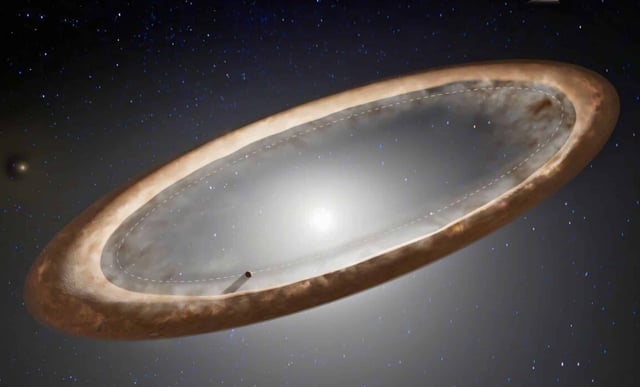Overview
- High‑resolution ALMA data show the disk’s eccentricity decreases with distance from the star, marking the first confirmed negative eccentricity gradient in a debris disk.
- Combined analyses with JWST identify azimuthal and width asymmetries, including the southeast side being about 4 au wider than the northwest.
- Dynamical models that match the observed structure favor one or more planets inside the ring, with viable orbits near 109–115 au or closer at 70–75 au relative to a JWST‑identified intermediate belt.
- The studies note that the inferred planet masses and separations are below current direct‑detection sensitivity, so no planet has been observed yet.
- Findings are published in The Astrophysical Journal and ApJ Letters, and additional ALMA observations have been approved to test the planetary‑sculptor models.
